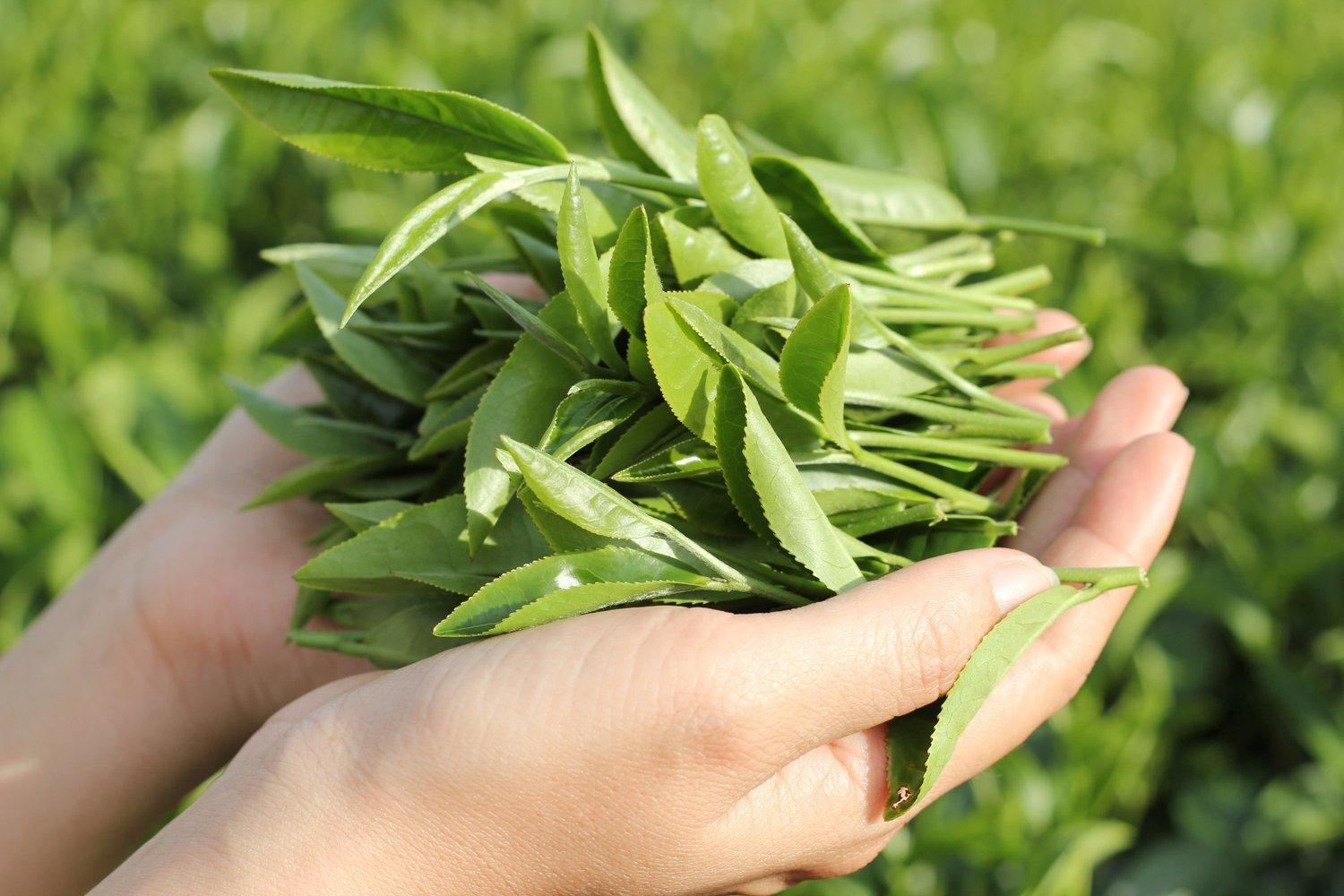Black tea is a beloved beverage around the world, but not all black teas are created equal. From the robust malty notes of Assam to the floral elegance of Darjeeling, the characteristics of black tea are deeply influenced by climate and region—a concept known in the tea world as “terroir.” Understanding how climate and geography shape the flavor, aroma, and quality of black tea varieties is essential for tea connoisseurs and industry professionals alike.
The Role of Terroir in Black Tea
The term terroir refers to the natural environmental factors—such as soil, climate, altitude, and rainfall—that influence agricultural products. In the case of black tea, terroir can determine the flavor profile, color, strength, and even caffeine content of the leaves.
1. Altitude: The Higher, the Finer
Altitude plays a crucial role in shaping black tea quality. Teas grown at higher elevations, such as Darjeeling in India or Shan Highlands in Vietnam, mature more slowly, allowing complex flavors to develop. These high-grown teas tend to have lighter bodies and more nuanced aromas, often described as muscatel or floral.
In contrast, lowland teas like those from Assam or parts of Africa are more robust, with a fuller body and stronger taste, making them ideal for breakfast blends or milk tea.

2. Temperature and Climate Zones
Black tea thrives in subtropical to temperate climates, but the range of temperatures within those zones affects how the tea plant behaves:
- Warm and humid climates, like in Sri Lanka’s lower regions (Ceylon teas), encourage fast growth, resulting in bolder and brisker teas.
- Cooler climates with seasonal variation, like Darjeeling or Yunnan, create slower growth cycles, which concentrate the tea’s aromatic compounds and result in smoother, more refined teas.
These climatic differences are a primary reason why black teas from different regions have distinct taste profiles, even if they come from the same species (Camellia sinensis).
3. Rainfall and Soil Conditions

Tea plants require abundant rainfall—typically between 1,200 to 1,500 mm annually—but the distribution of rainfall also matters. Constant rain can dilute flavor, while intermittent rainfall with dry spells enhances concentration of flavors in the leaf.
Soil type—whether volcanic, loamy, or clay-rich—affects nutrient availability and drainage. For instance, the volcanic soils of Kenya produce teas with a bold, coppery liquor, while the loamy soils of Taiwan contribute to more delicate and sweet flavor notes.
4. Regional Examples
- Assam, India: Lowland tropical climate, heavy monsoon rains, and fertile clay soil contribute to a strong, malty black tea ideal for blending.
- Darjeeling, India: Grown at 2,000 meters, its cooler climate and sloped terrain yield floral and muscatel teas often called the “Champagne of teas.”
- Yunnan, China: High altitudes and ancient tea trees produce full-bodied black teas with earthy and peppery undertones.
- Vietnam: Regions like Ha Giang and Lam Dong offer diverse microclimates. Highland black teas here are known for their smooth texture and hints of honey or cocoa.
Conclusion
When choosing a black tea, understanding the climate and regional origins can guide your selection toward the flavor profile you prefer. Whether you enjoy a rich, bold cup or a delicate floral infusion, the influence of terroir on black tea variety is profound and undeniable. As the global tea industry continues to evolve, greater appreciation for regional characteristics will not only elevate consumer experience but also support sustainable and specialized tea cultivation.
